How To Build A Garden Path With Pavers
Affordable Garden Path Ideas
Our favorite walkway ideas for your landscape: Paths you can build in a weekend without breaking the bank or your back.
1 / 15
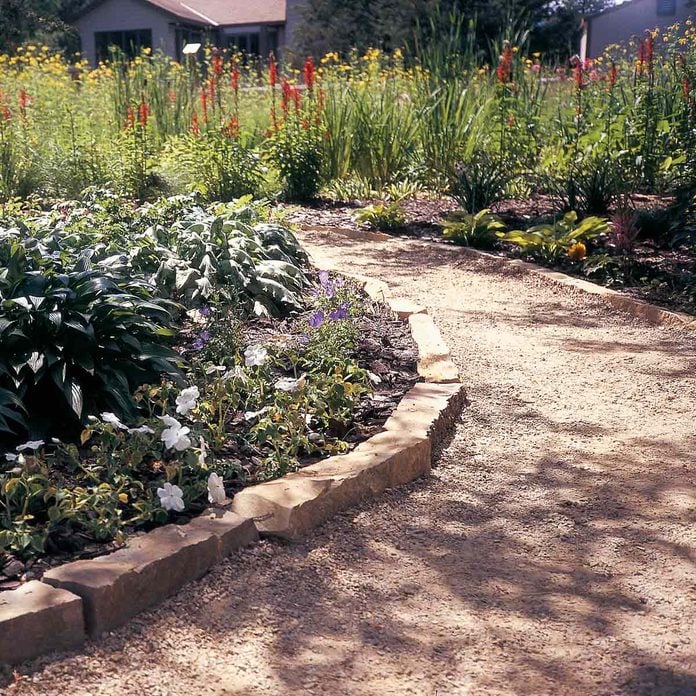 Family Handyman Family Handyman
Family Handyman Family Handyman
Affordable Garden Path Ideas
Instead of an expensive, labor-intensive formal path, save money and time with one of these casual garden paths. These walkway ideas will blend in better and will look like they've been in your garden forever.
2 / 15
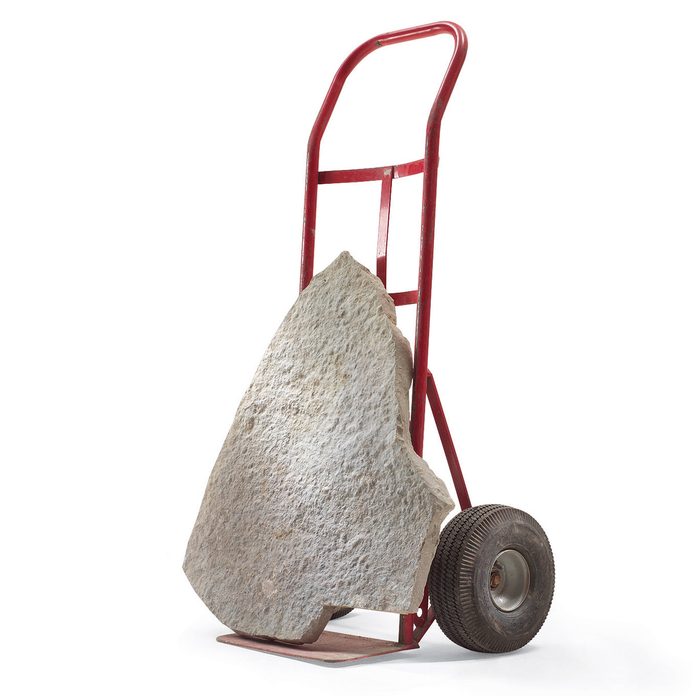 Family Handyman
Family Handyman
Required Tools for these Walkway Ideas
Have the necessary tools for this DIY project lined up before you start—you'll save time and frustration.
- Bucket
- Drywall saw
- Garden rake
- Spade
- Wheelbarrow/Dolly
- Tamper
- Garden trowel
3 / 15
 Family Handyman
Family Handyman
Informal Garden Paths and Rock Walkways
This winding gravel path reflects the informality and ease of maintenance of the garden. Mulch and gravel are the cheapest pathway materials you can buy for rock walkways, and they make construction simple, too, making them two of our favorite walkway ideas. All you have to do is remove the sod, roll out landscape fabric and spread the mulch or gravel.
Mulch and gravel paths can be meandering, wood chip–covered trails or carefully planned designs, and they range from casual to formal depending on the design and edging material. You can choose from a wide variety of loose materials including coarse bark, decorative mulch, washed stones and crushed gravel or shells.
4 / 15
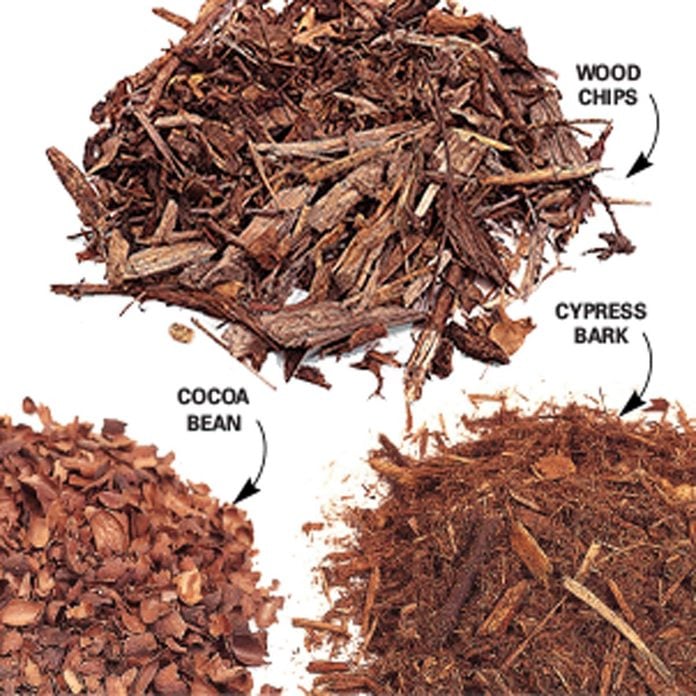 Family Handyman
Family Handyman
Mulch Walkways
As stated above, the three common types of mulch suitable for garden paths are wood chips, cocoa bean and cypress bark. Since these path materials are lighter than stone, they're easier to haul and spread. Mulch is also a bit cheaper than gravel or stone pebbles. Remember, though, that organic paths decompose over time, so you'll have to rejuvenate them every two to five years with new material. Also, don't use bark, wood chips or mulch for paths that run through areas with poor drainage or that are wet. It'll lead to a soggy path.
You'll find bags of mulch at home centers, but for the best selection of organic materials for a path, check your local nursery or landscape supplier. Depending on how big your path is, it may be cheaper to have bulk material delivered than to buy bags. Plan on a 3-in.-deep layer of mulch about 3 ft. wide as an alternative to grass. Call the public works department at your city hall or check with local tree trimming services. They often have piles of wood chips or mulch that are free for the hauling.
5 / 15
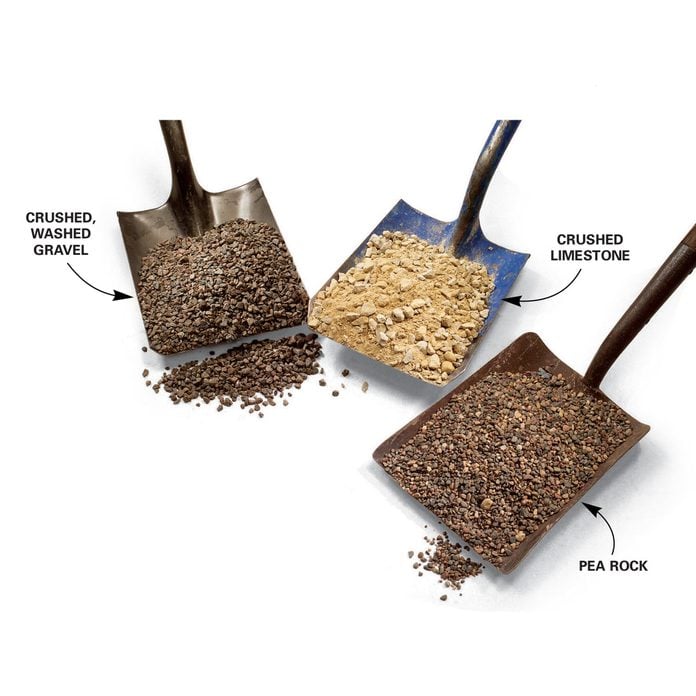 Family Handyman
Family Handyman
Gravel Walkways
Several types of inexpensive gravel are available for paths. Common types are: crushed gravel, crushed limestone and pea rock. For a path that's more formal or longer lasting than a mulch path, consider washed gravel, crushed stone or crushed shells. These materials last indefinitely and only need occasional weeding to look their best. If you want to run a wheelbarrow or lawn mower along the path, choose crushed stone rather than smooth pebbles. The jagged edges of crushed stone lock together to form a firm surface. Crushed stone is also less likely to get kicked out into the yard.
Gravel for paths is sold by type and size. Smaller stones, averaging under 1/2 in., are best for paths because they offer more comfort underfoot and pack together better. Visit your local nursery or landscape supply specialist to see what's available in your area. Gravel is usually sold by the ton. Measure the length and width of the path. Take these measurements to the supplier and ask for help to figure out the quantity of gravel you need. Unless your path is very short, it usually makes sense to have the material delivered. Gravel for a path 3 in. deep and 3 ft. wide will cost about the same as mulch.
Gravel paths do have a few limitations, though. The stones can get tracked into the house, so don't use them near entries. And gravel paths are a bad choice in areas where you have to shovel snow off them. The gravel can end up in your lawn or flower beds.
6 / 15
 Family Handyman Family Handyman
Family Handyman Family Handyman
Walkway Ideas: Tips for Building Mulch and Gravel Paths
- Rent a gas-powered sod cutter to remove grass if the path is long. For short paths, use a garden spade to slice off the sod.
- Set edging so it ends up about an inch above the fill material.
- Use a spacer stick cut to the width of the garden path as a guide when you set the edging or border. You won't have to keep pulling out the tape measure to make sure the edges run parallel.
- Cover the soil with landscape fabric to deter weeds and prevent the fill material from mixing with the soil. Don't use plastic. It'll catch water and create a soggy path.
- Have gravel delivered, especially if you need more than a half ton.
- If you want a path that's firm enough to roll a wheelbarrow on, use crushed stone and tamp it after leveling it. (Pea rock or other rounded stone won't compact.) Use a hand tamper for short paths. Rent a vibrating-plate tamper for long paths.
7 / 15
 Family Handyman
Family Handyman
Borders and Edging for Walkway Landscaping
Gravel or mulch paths require edging to keep the material from spreading out onto your lawn or flower bed. You can also add a border or an edge as a design element. Here are some common types of edging you can use for walkway landscaping:
- Plastic landscape edging is cheap. And it's fast and easy to install. If you object to the look of the rounded top edge, hide it with a border of plants.
- Steel or aluminum edging forms a crisp edge that gives the path a neat appearance. It costs more than plastic, though, and is less forgiving on sloped terrain.
- Brick and stone borders are attractive and versatile, but they're more expensive and a lot more work to install.
- Concrete edging is less expensive than brick or stone but has the same advantages. Newer types that look like random pieces of tumbled stone are a great lower-cost alternative to a real stone border.
- Landscape timbers are an economical alternative to stone or brick borders. They're especially useful for building shallow steps on gradually sloping terrain.
8 / 15
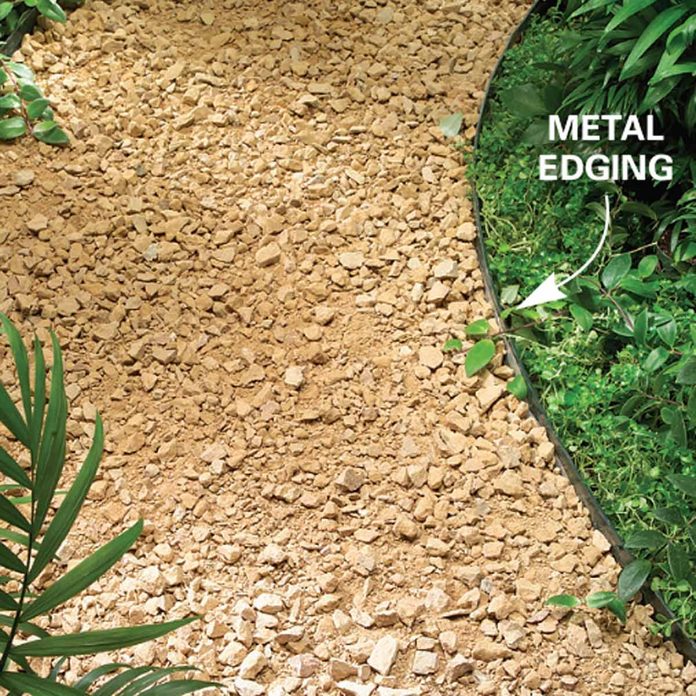 Family Handyman
Family Handyman
Metal Edging
Metal edging is a must for mulch or gravel walkway ideas because it keeps gravel or mulch from overflowing into the yard or garden.
9 / 15

Brick Edging
Brick or pavers create an attractive edge treatment, though they're more expensive and labor intensive to install.
10 / 15
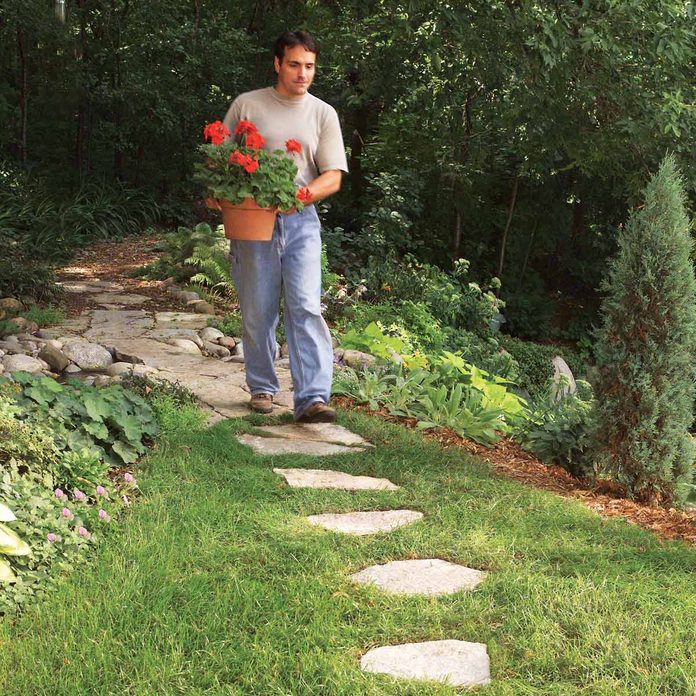 Family Handyman
Family Handyman
Stepping-Stone Paths with Yard Stones
Stepping-stones are the fastest, easiest way to build a path, and another one of our favorite walkway ideas. There's very little digging involved. And although the stone is heavy, a little goes a long way. Since there's distance between the stones, you don't have to worry about leveling them with one another. Stepping-stone paths also cost less because you'll cover more distance with less stone. Stones that are flat and about 18 in. across and 2 in. thick are ideal. Check your local landscape supplier or quarry to see what's available. If you're building a short stepping-stone path, you can usually pick the stones you want from the pallet or pile of stones on hand at the supplier. For longer paths, ask for help to figure out the quantity and have the stone delivered. If you're lucky enough to live in an area with naturally occurring outcroppings of stone, you may find stepping-stones free for the hauling.
You can also make attractive stepping-stone paths using 12-in. square or round concrete patio blocks. These are available in a wide selection of colors and textures from home centers, landscape suppliers and masonry dealers. Search online for "patio blocks" to see the variety.
11 / 15
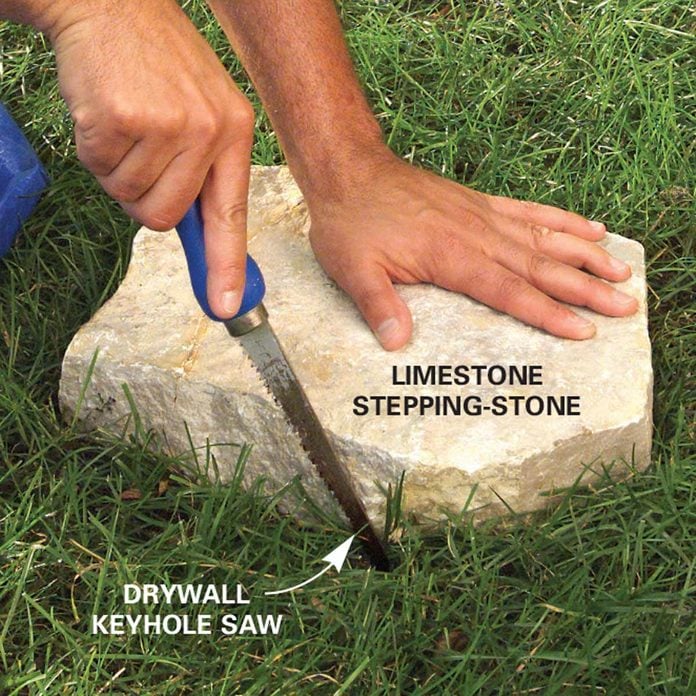 Family Handyman
Family Handyman
Trace the Stone
Place the flagstone where you want it, then cut the outline in the grass.
12 / 15
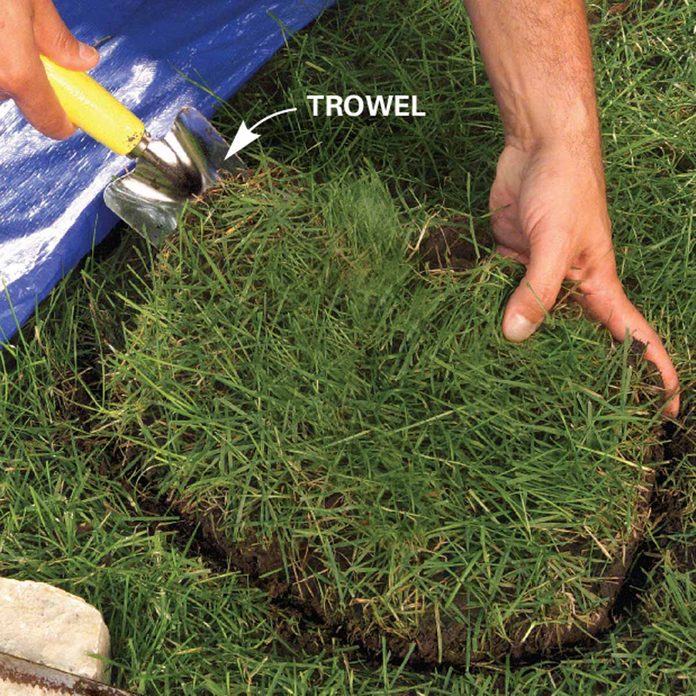 Family Handyman
Family Handyman
Remove the Sod
Pry up the sod, then set the yard stone. Use sand to level it, if necessary.
13 / 15
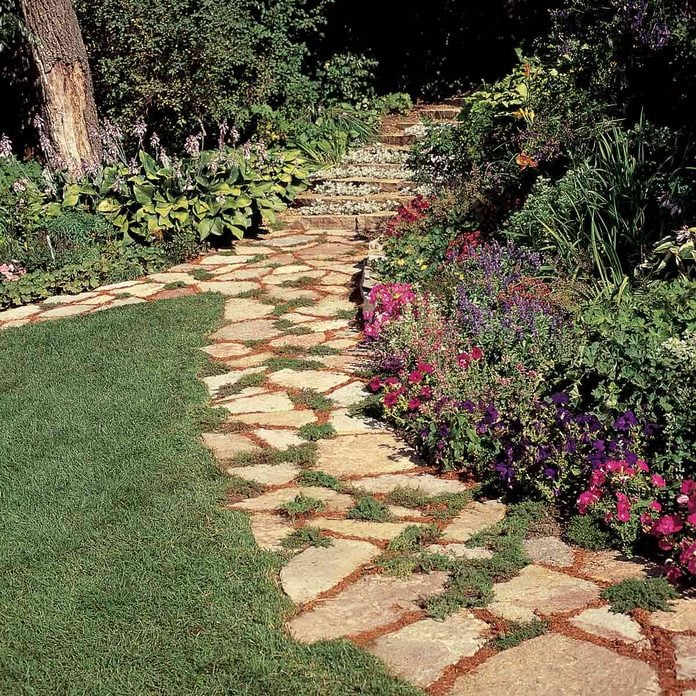 Family Handyman
Family Handyman
Tips for Building a Stepping-Stone Path
- Arrange stones so the distance from the center of one to the center of the next one is 20 to 24 in.
- Set the stones in place and cut around them with a spade or rock saw. Then lift the stone and dig out the grass and a little soil.
- Spread a 1/2- to 1-in.-thick layer of sand under the stone if you want to make leveling the stones easier. Sand is easier to work with than soil. A 60-lb. bag of sand is enough for about four to six stones.
- Set the top of the stepping-stones about 1 in. above the soil level. This will give you a dry place to step while still allowing you to run a lawn mower over the path.
14 / 15
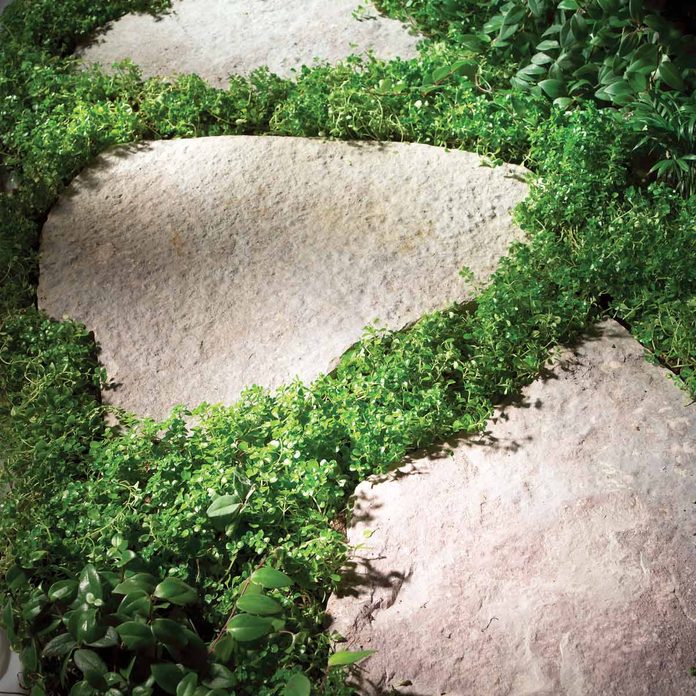 Family Handyman
Family Handyman
Planted Paths with Yard Stones
Ground cover attractively fills the space around and between pieces of yard stones such as flagstone. Including ground cover plants in your garden path makes a stone walkway easier in two ways: First, you can skip the thick, compacted gravel base underneath. That eliminates the backbreaking digging, plus the hauling and compacting of gravel. Without the solid base, the stones will shift and become uneven, but the plants will hide that. The second advantage is that you don't have to spend extra time laying the stones perfectly. The plants will hide wide gaps.
There are quite a few perennial plants that can withstand foot traffic and will grow between stones. Check with your local nursery to see what's available that will grow in your area. Here are some ground cover plants that can tolerate some foot traffic: Creeping Thyme, Blue Star Creeper, Brass Buttons, Creeping Mazus and Sedum.
Try adding some more features like a sub-irrigated planter system, shown in this video:
ⓘ
15 / 15
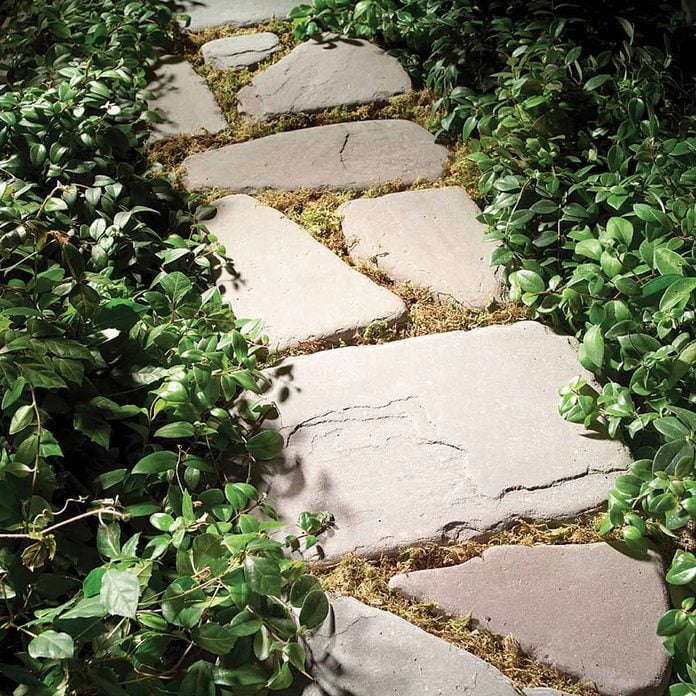 Family Handyman
Family Handyman
Paver Walkway Ideas: Tips for Building a Planted Path
- Arrange the stones along the walkway, leaving at least 4 in. between them for plants. Then cut along the edge of the stones with a flat spade to outline the path.
- Slice off a layer of sod and soil about 1-1/2 in. deep.
- Spread a 1/2-in. layer of sand. This will allow the stones to settle in slightly and keep them from rocking.
- Choose plants that will stand up to traffic and grow in the available light and soil type.
- Water the new plants frequently for the first few months until the plants are well-established.
- Pull weeds and grass from between the stones every few weeks to prevent them from overrunning the plants.
Originally Published: April 26, 2019
Sign up for DIY projects sent right to your inbox
Complete DIY projects like a pro! Sign up for our newsletter!

Subscribe & SAVE 1 Year Subscription
for only $10!
How To Build A Garden Path With Pavers
Source: https://www.familyhandyman.com/list/affordable-garden-path-ideas/
Posted by: tarverwhers1980.blogspot.com

0 Response to "How To Build A Garden Path With Pavers"
Post a Comment